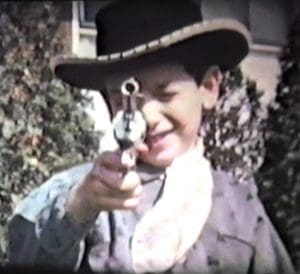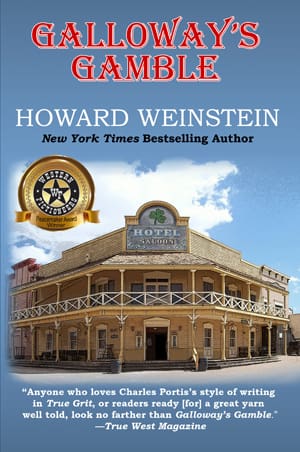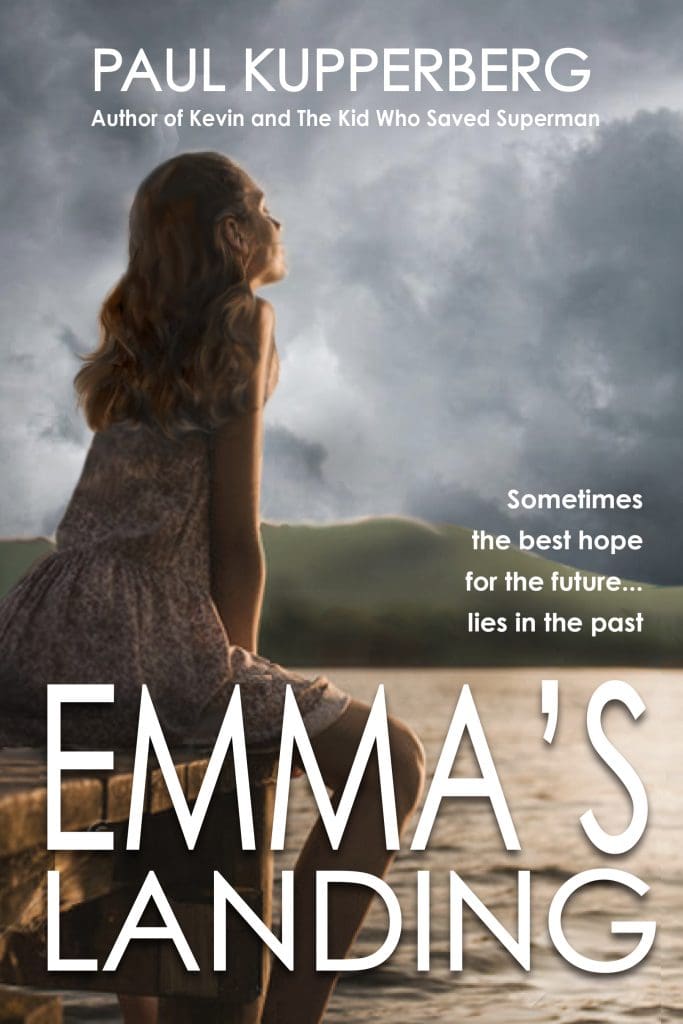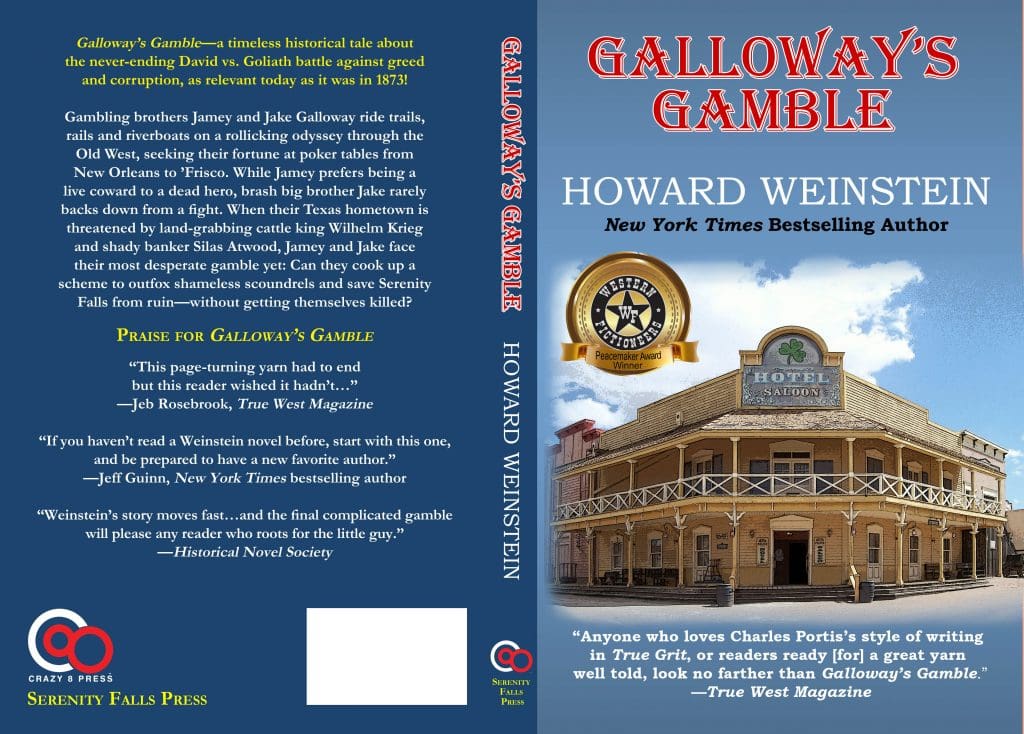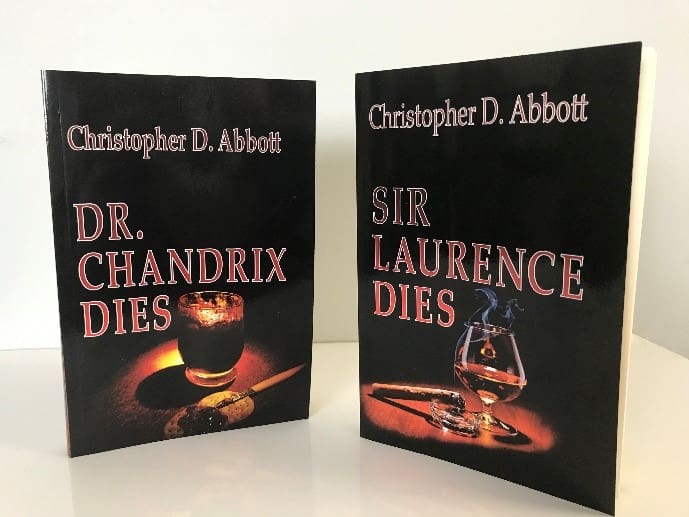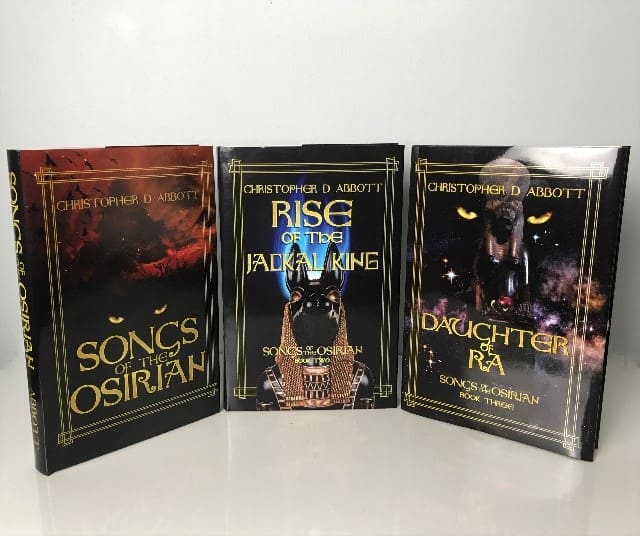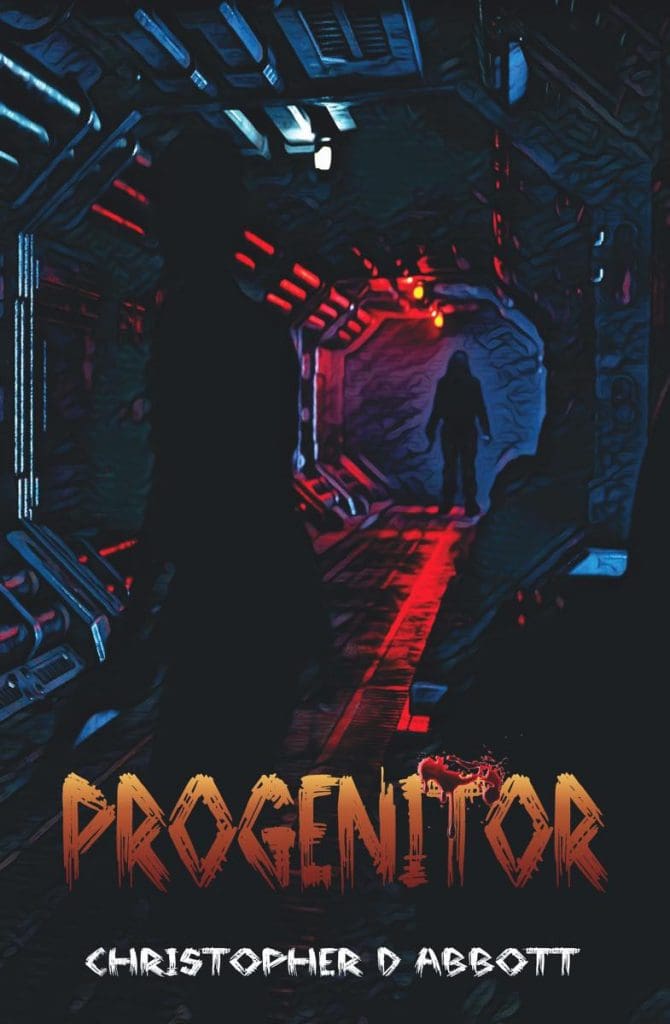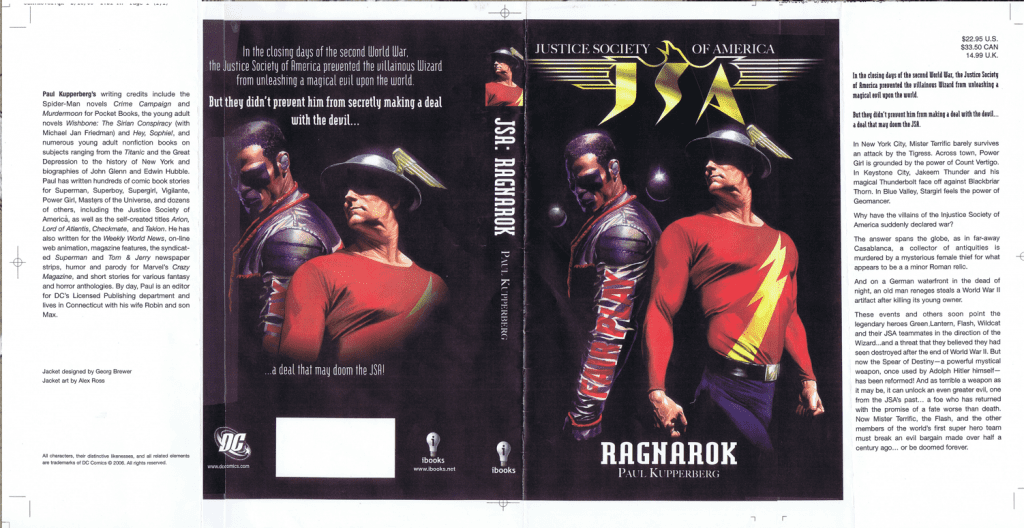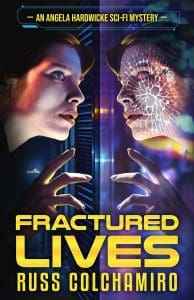
With a new year comes a new sci-fi mystery from Crazy 8 Press inmate Russ Colchamiro, featuring his intergalactic hardboiled private eye Angela Hardwicke. Part Doctor Who, part Blade Runner, part Philip Marlowe, Hardwicke is back again in Fractured Lives.
As Hardwicke gears up for another mystery, we sat down with Russ to discuss this noirish sci-fi tale and his long-range plans for the character:
Crazy 8 Press: You say Angela Hardwicke is an intergalactic private eye. What’s her turf?
Russ: Hardwicke’s turf is Eternity, a galactic realm in service of the design, maintenance, and construction of the Universe. Eternity—or E-Town, as it’s known—is to the Cosmos what Hollywood is to the movie business. At street level, Eternity looks and feels much like our Earth, but a bit more futuristic. Not quite Blade Runner, but not entirely modern Earth either. Somewhere in between.
C8: What was the inspiration for Hardwicke?
Russ: I’ve always loved private detective stories and noir. And I love science fiction and fantasy. Hardwicke first appeared in two of my previous novels Genius de Milo and Astropalooza. I immediately fell in love with her and knew we’d be together for a long, long time.
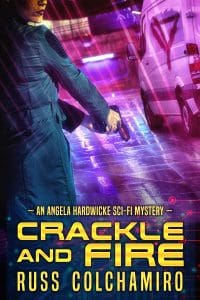
C8: How does the intergalactic element fit into her cases?
Russ: After her initial appearances as a tertiary and secondary character, I’ve since written five Hardwicke short stories and two novels. Some of Hardwicke’s adventures are down and dirty at street level, while others take place in various corners of the Universe. Most take place in both within the same story. My goal, particularly with the novels, is to juxtapose the workaday, dangerous, grind-it-out necessities of being a tough and thorough investigator, with the complex, fascinating, and unpredictable nature of the Universe, and the beings who populate it.
C8: Hardwicke has a young protégé, Eric Whistler, and a cast of supporting players. Are they back?
Russ: You bet! Whistler wants so badly for Hardwicke to respect him both as a PI and a person, so he sometimes tries a little too hard. But he’s learning!
C8: So what’s Hardwicke up to in Fractured Lives?
Russ: Whereas the first Hardwicke novel, Crackle and Fire, had more of a thriller vibe, Fractured Lives is a more personal, emotional story for Hardwicke. A woman named Wanda Fyne comes to Hardwicke saying that her teenage daughter, Darla, a galaxy design prodigy and freshman at a prestigious design school, is having some sort of nervous breakdown that does not conform to or results from mental illness or stress. Wanda contends it’s far worse and insidious—that someone has stolen a piece of Darla’s soul.
There are also rumors about a nefarious character known as the Scarlet Raj, who is some sort of urban legend. I’ll let you discover whether or not the two are connected, but the mystery takes us all over E-Town, including to this specialized University, the local art scene, construction sites, and a semi-secret organization that makes repairs in the Universe.
The intersection of these elements is further complicated by Hardwicke’s five-year-old-son, Owen, who may or may not have special abilities of his own. Ultimately, Hardwicke is forced to reconcile how—or if—she can continue to be a badass intergalactic private eye and a mother. Her life is often in danger, both on-realm and off, and is off the grid on a rolling basis. As a result, the two key sides of her life collide, and don’t always work out the way she wants.
C8: Great cover, by the way! It’s so striking.
Russ: Thanks! It took several iterations to get it where I wanted, but once you read the novel, the imagery will make perfect sense.
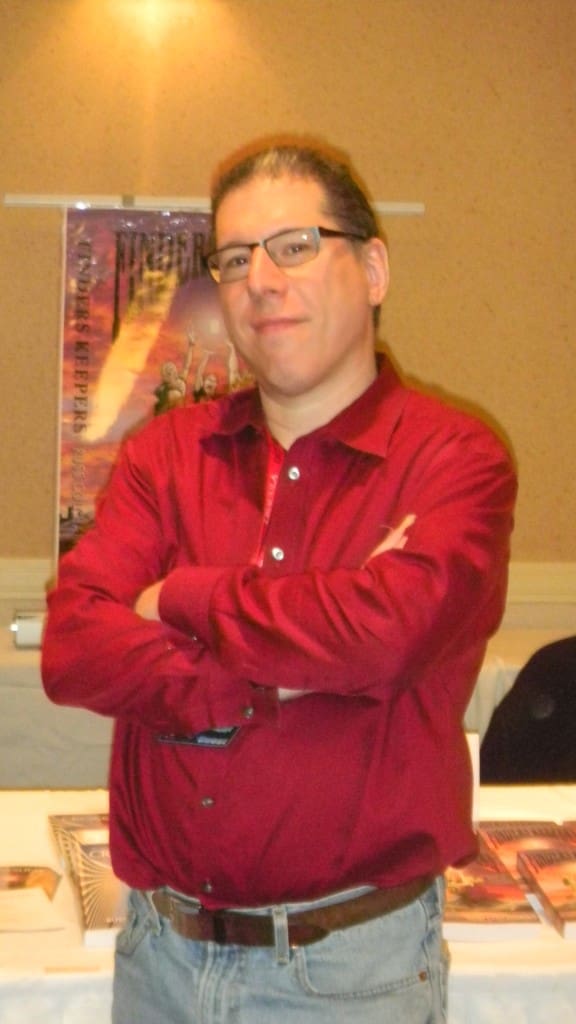
C8: Do you have additional plans for Hardwicke?
Russ: Absolutely! I just started writing the third Hardwicke novel, which will be out September 2022. I will be writing at least five Hardwicke novels, one a year through book five. At that point, depending on fan enthusiasm, I’ll either keep going, or jump into the spin-off series I have planned. I’m not ready to decide just yet how I’m going to handle that. I’ll see how things are going when I get there. But yes, if you’re a fan of Hardwicke, and I hope you are, there will be many more Hardwicke adventures to come, including new short stories which will continue to pop up, and maybe even a collection at some point.
C8: Do we need to read the Hardwicke mysteries in sequence?
Russ: Each Hardwicke mystery is completely self-contained. You might miss a little character development if you read the novels out of order, which is true of any ongoing series, but it doesn’t matter where you start. I reintroduce the world building and the characters in each novel so you always know where you are.
Fractured Lives is on sale now!

